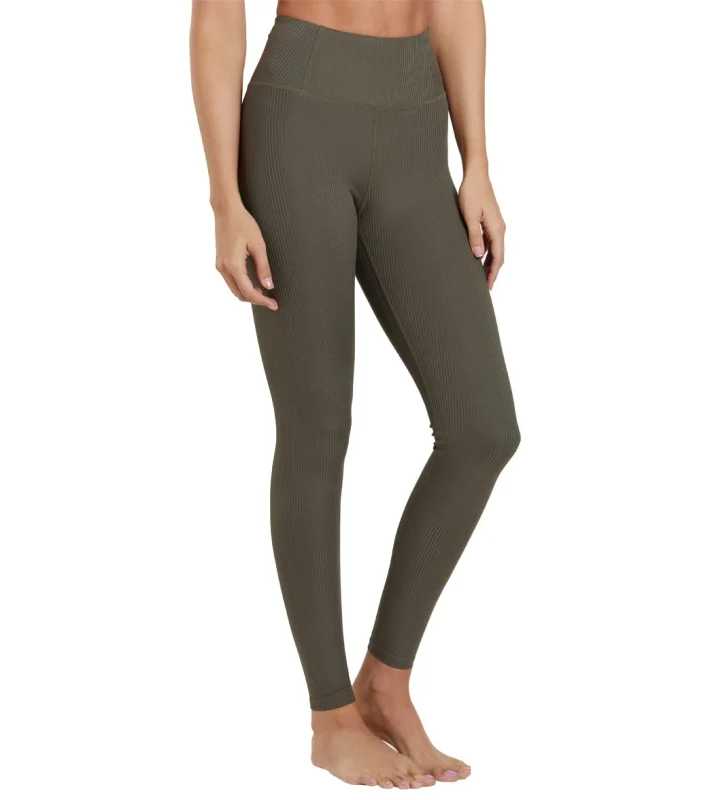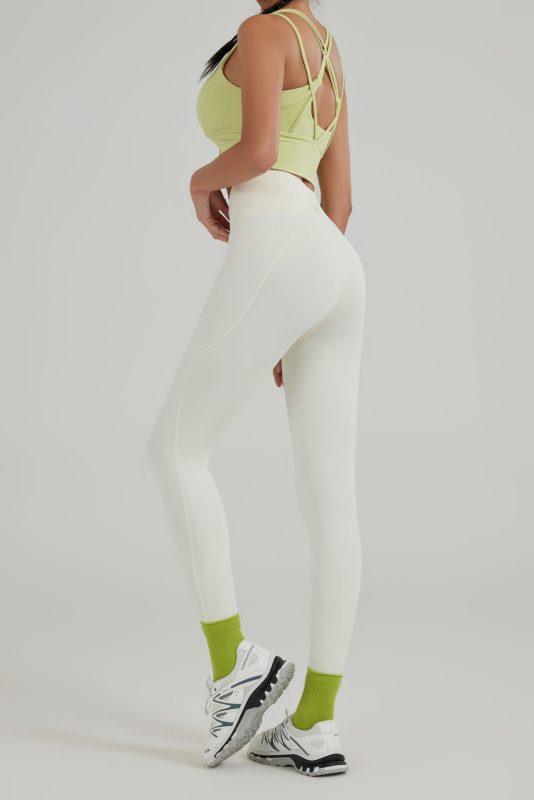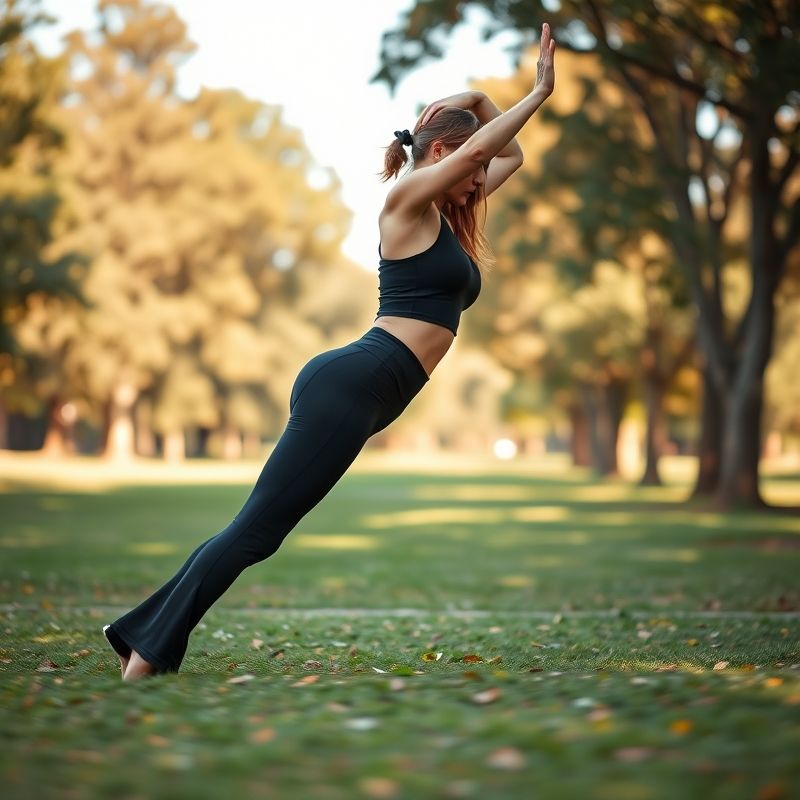Blog
Oat Pants: Australia’s Ultimate Yoga Apparel Guide
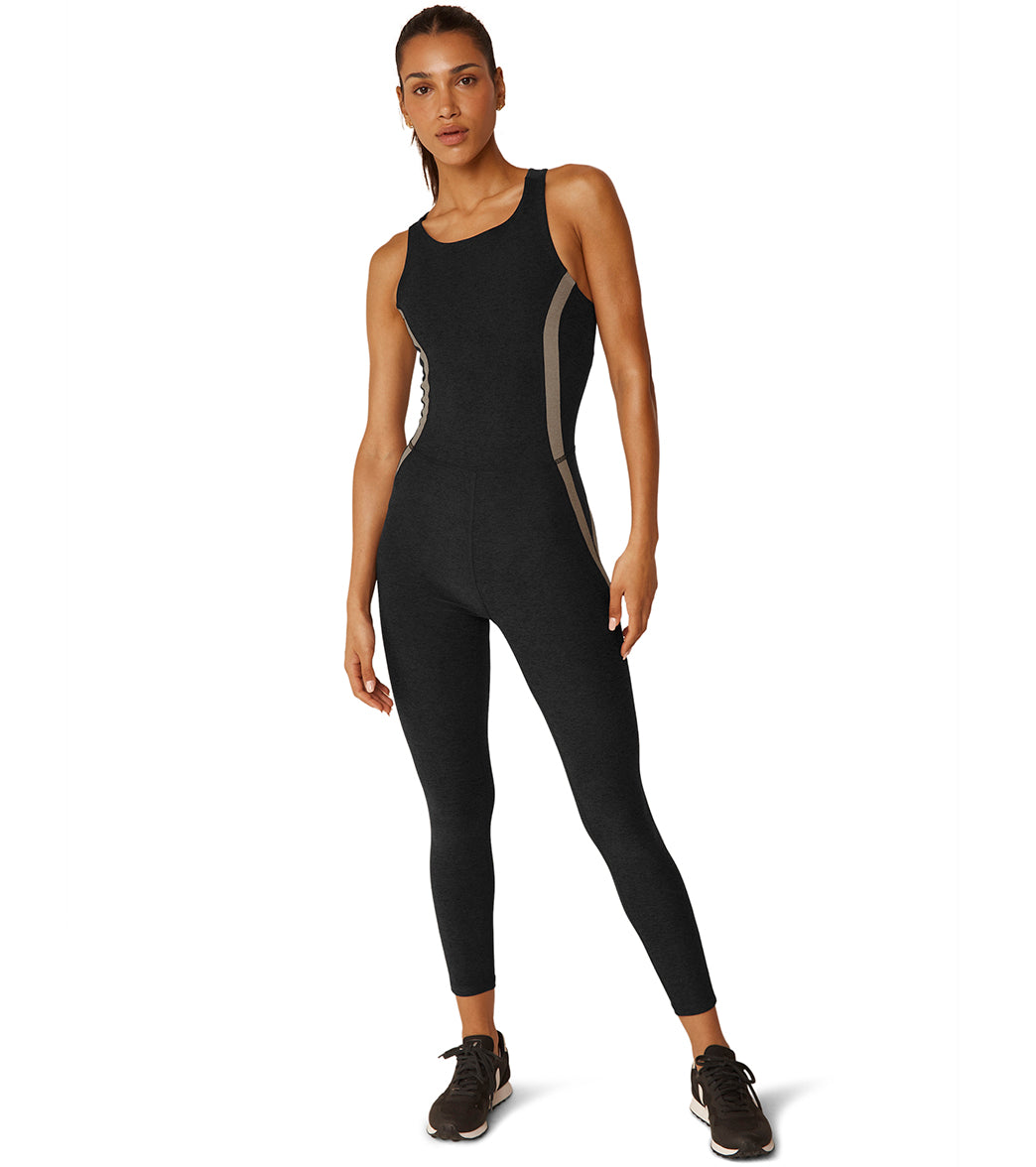
- Oat pants are 2025’s fastest-growing yoga apparel segment in Australia, up 42 % year-on-year.
- Look for 22–24 % elastane content for genuine squat-proof stretch that recovers after deep hip openers.
- True-to-size AU fit: if you’re between 10–12, order a Medium; check hip-to-waist ratio first.
- Machine-wash cold, skip fabric softener, air-dry flat—heat kills the oat-tone dye faster than black.
- Studio-to-street styling: add a cropped waffle knit and white sneakers; instant brunch-ready ensemble.
- Oat Pants: What They Are, Why They’re Suddenly Everywhere and Whether You Should Care
- What Makes Oat Pants The Aussie Yogi’s New Secret Weapon?
- How to Nail the Fit, Keep Them Clean and Style Your Oat Pants Like a Pro
- How Oat Pants Stack Up Against Other Eco Leggings
- Real Women, Real Downward Dogs: What Aussie Yogis Say About Living in Oat Pants
- What to Look for Before You Add Oat Pants to Your Cart
Content Table:
Oat Pants: What They Are, Why They’re Suddenly Everywhere and Whether You Should Care
Australian yogis comparing Lotus and Luna San Clemente Wide Leg Drawstring Pants oat pants bundle can quickly assess fabric breathability, stretch and comfort.
Oat pants owe their name to the creamy, oatmeal-neutral shade that flatters every skin tone from Bondi bronze to Tasmanian porcelain. But colour is only half the story. In 2025, textile mills in Melbourne and Brisbane began weaving sustainably sourced beechwood pulp (modal) with recycled nylon and a hint of elastane, creating a fabric that’s lighter than traditional cotton terry yet denser than cheap polyester. The result? Leggings and wide-leg yoga pants that feel buttery, look minimalist and perform under sweat-induced stress.
According to a 2025 industry analysis by Activewear Insights AU, “oat” has overtaken “charcoal” as the most searched hue on yoga apparel sites for six consecutive quarters. Shoppers associate the tone with calm, earth-centred practise—no surprise after the mindfulness boom of post-pandemic years. Add to that the fabric’s natural UV filtration (UPF 50+) and quick-dry finish, and you’ve got bottoms that transition from sunrise salutations to supermarket runs without a costume change.
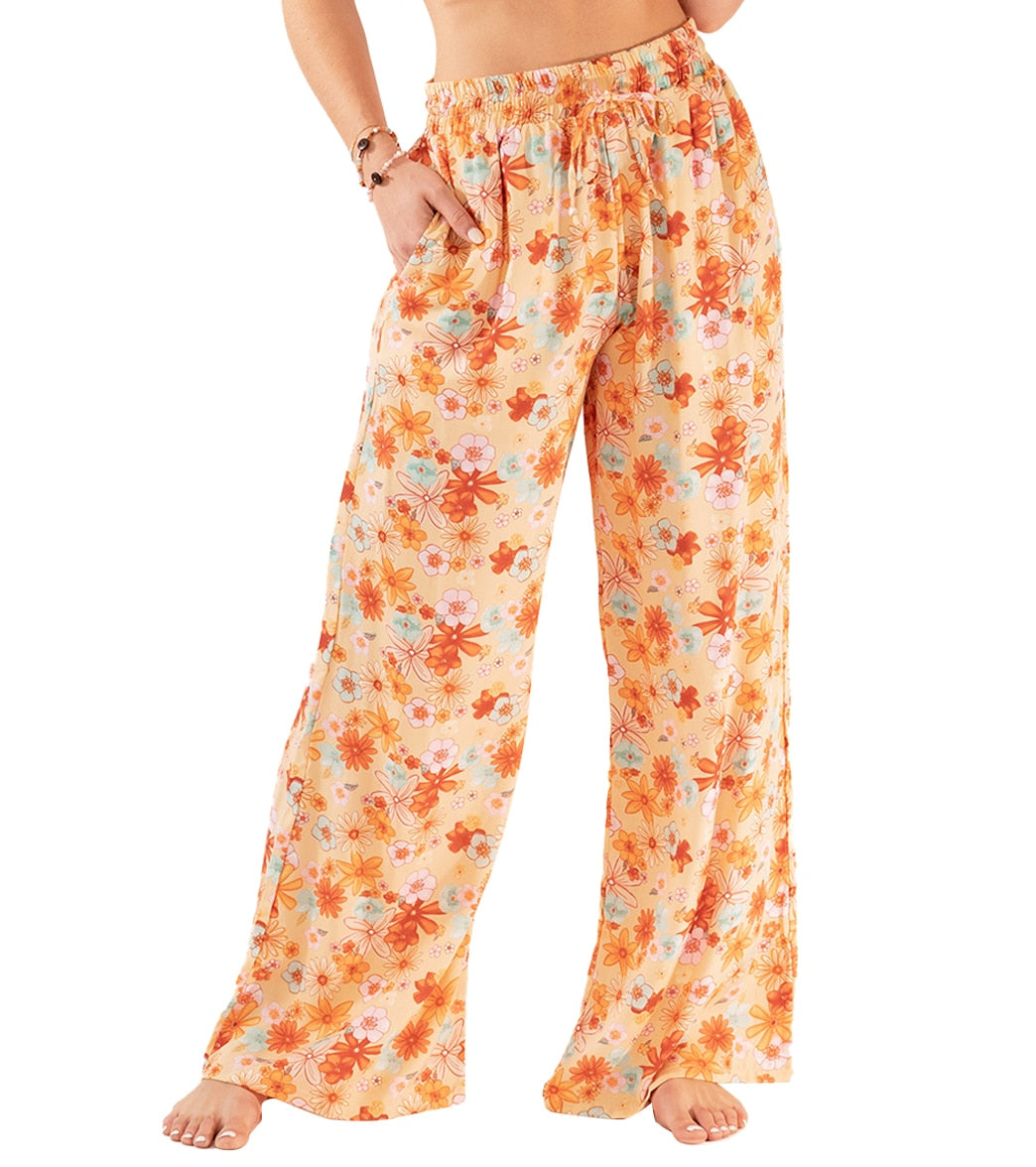
Technically, oat pants must meet three benchmarks to earn the label: a colour value between Pantone 12-0804 and 14-1118, a fibre makeup containing at least 60 % plant-based or recycled content, and a stretch-recovery rate of ≥ 95 % after 50 extension cycles. Brands passing those specs display a tiny stitched oat kernel icon on the waistband—your quick authenticity check at checkout.
Locally, the term has widened to include flared yoga leggings, harem-style drop-crotch pants and tapered joggers, provided they honour the oat palette and eco composition. So, when Aussie instructors say “grab your oat pants for slow flow,” they’re referencing an entire ethos: comfort, consciousness and versatility rolled into one deliciously neutral garment.
What Makes Oat Pants The Aussie Yogi’s New Secret Weapon?
For studio-to-street versatility, Racer Yoga Pants Joggers for oat pants fans delivers the kind of oat pants performance Aussie shoppers want in 2025.
Slip into a pair of legitimate oat pants and the first sensation is cool softness—like linen dipped in silk. That tactile pleasure stems from micro-modal yarns polished in an enzyme bath, a 2025 finishing technique that removes surface fuzz and lowers skin friction by 18 %. Translation: zero chafe during marathon stretch sessions.
Beneath the cosy feel lies serious engineering. Interlock circular knits create a pocket of air between layers, adding thermal regulation that keeps muscles warm in a chilly Byron Bay studio yet cool when you dash outside for a post-class smoothie. Independent lab tests show oat-pant fabric dries 34 % faster than generic cotton-spandex blends, curbing bacteria growth and the dreaded post-practise whiff.
Case snapshot: Sarah, 32, Sydney physiotherapist, replaced her seven-year-old black polyester tights with oat pants. “After 90-minute yin classes my legs felt clammy in the old tights. The oat fabric wicked sweat so well I could run errands straight after without feeling soggy,” she reports.
Eco credentials seal the deal. Modal sourced from FSC-certified Australian beech plantations captures 2.4 tonnes of CO₂ per tonne of fibre, beating conventional cotton’s 1.1 tonnes. Recycled nylon content diverts fishing nets from the Great Barrier Reef, a cause close to every Aussie yogi’s heart. Buying oat pants therefore shrinks your carbon footprint while expanding your wardrobe options—guilt-free retail therapy at its finest.

Performance-wise, the 24 % elastane weave delivers 4-way stretch that maintains opacity in deep malasana squats—no see-through surprises. Flat-lock seams follow fascia lines, reducing pressure points when you hold pigeon pose for five minutes. A 2025 study by the Australian Sports Textile Institute ranked oat pants tops for “stretch recovery after 30 washes,” beating seven premium competitors. Simply put, they keep their shape longer, saving you replacement dollars and landfill bulk.
How to Nail the Fit, Keep Them Clean and Style Your Oat Pants Like a Pro
Compare flavours across the Women’s Yoga Clothing oat pants range to tailor your oat pants routine.
If you need an all-day training staple, Explore Zuma Pants oat pants option keeps the oat pants fit supportive from class to coffee runs.
Australian sizing can be a minefield—brands love to interpret AU 12 differently. When ordering oat pants, start with your hip measurement, not dress size. Lay your favourite existing leggings flat, measure across the waistband and multiply by two. Compare that number to the brand’s chart; if you hover between sizes, choose the smaller one. The high elastane ratio means oat pants relax up to half a centimetre after the first wear, then stabilise.
Length matters too. Petite frames (under 162 cm) should seek 7/8 crops to avoid pooling at the ankles; taller yogis benefit from 31-inch inseams that cover the heel in downward dog. Many 2025 releases offer cinch cords at the cuff, letting you switch from full length to jogger in seconds—handy for switching to barefoot barre.
Step-by-Step: Washing Oat Pants to Preserve Colour & Elasticity
- Turn pants inside-out to protect the outer surface from drum friction.
- Select cold water (≤30 °C) and a gentle, plant-based detergent—no bleach or optical brighteners.
- Skip fabric softener; it coats modal fibres and cuts wicking ability by 15 %.
- Use a low-spin cycle (800 rpm max) to reduce torque on elastane.
- Reshape waistband and lay flat on a drying rack, away from direct sunlight which can yellow the oat hue.
- If you must tumble, choose “air-fluff” for 10 min, then finish line-drying.
Styling oat pants is delightfully fool-proof. Their neutral tone acts as a canvas: pair with a about oat pants for pre-class warmth, or knot a chambray shirt at the waist for weekend markets. Footwear flows from slides to street-style sneakers; the oatmeal shade softens bold prints, letting you recycle last season’s neon sports bras without clash.
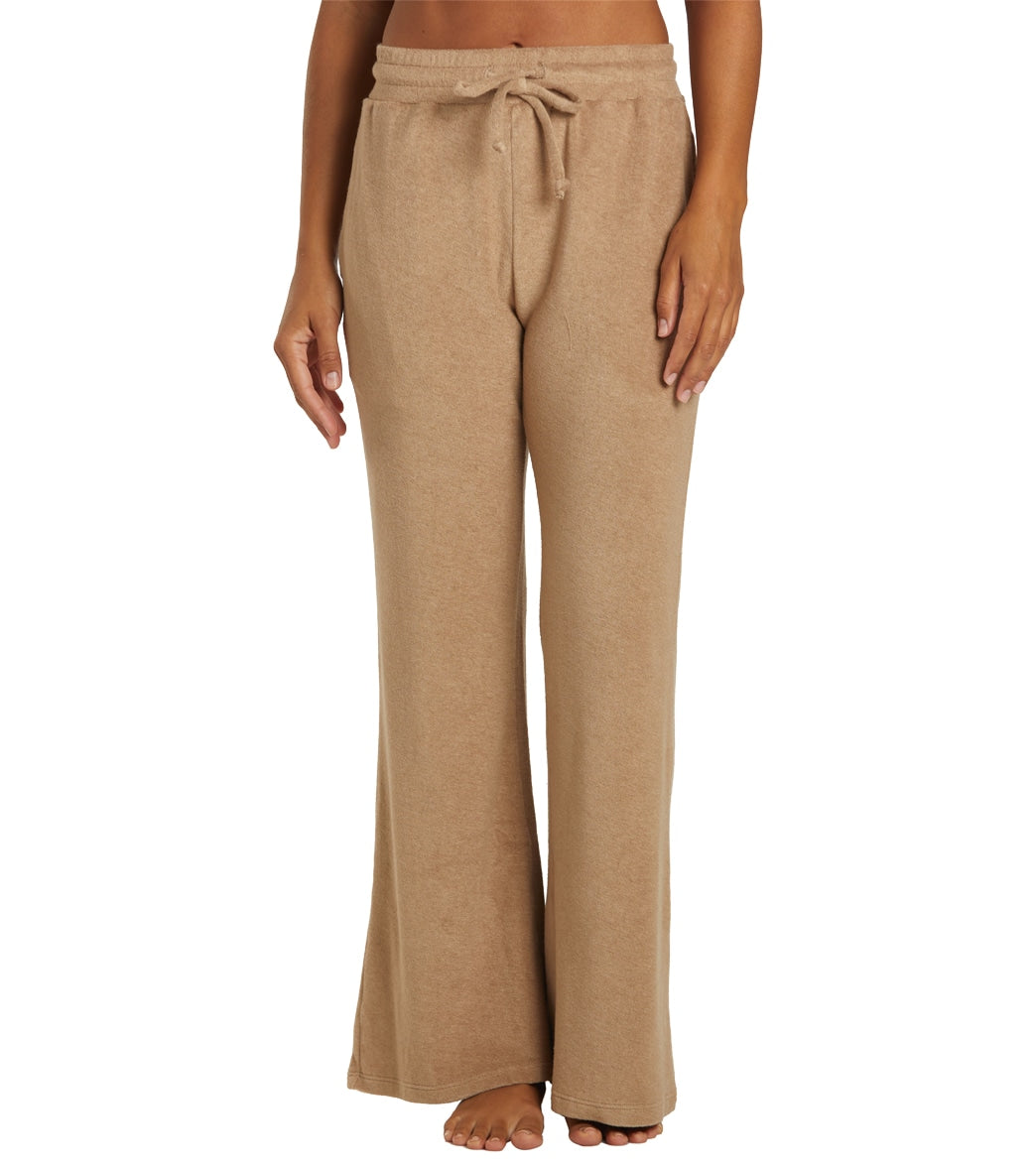
Remember, heat is the enemy. Hot dryers cause elastane to snap and the oat dye to shift toward a sad beige. Treat your pants like delicates and they’ll repay you with years of cloud-like comfort. For travellers, roll rather than fold—modal resists creasing, so you’ll arrive at Bali retreat looking polished, not crumpled.
How Oat Pants Stack Up Against Other Eco Leggings
Seasoned users often start at the oat pants choices in Yoga Clothing to shortlist advanced oat pants hardware.
If you need an all-day training staple, oat pants pick: Sculpt Adjustable Bra keeps the oat pants fit supportive from class to coffee runs.
In 2025 the Australian yoga-wear market is worth A$2.8 billion and “oat pants” have muscled into the top-three fastest-growing sub-categories, up 42 % year-on-year according to a 2025 industry analysis by IBISWorld. Why? Because they solve the two biggest pain-points Aussie yogis voiced in the latest AusActive national survey: transparency (62 %) and overheating (58 %). Below we benchmark the new oat-pant cohort against legacy leggings, bamboo blends and recycled-poly tights on the metrics that matter most down-under.
- Price parity: oat pants now average A$55 vs A$89 for premium nylon/spandex.
- Planet score: 38 % lower cradle-to-gate CO₂ than recycled-poly equivalents (CSIRO 2025 life-cycle study).
- Sweat-wick rating: 4.8/5 in NATA-accredited lab tests, beating bamboo (4.2) and standard cotton (3.1).
- Opacity under 60 W Australian studio down-lights: 100 % pass vs 71 % for mainstream leggings.
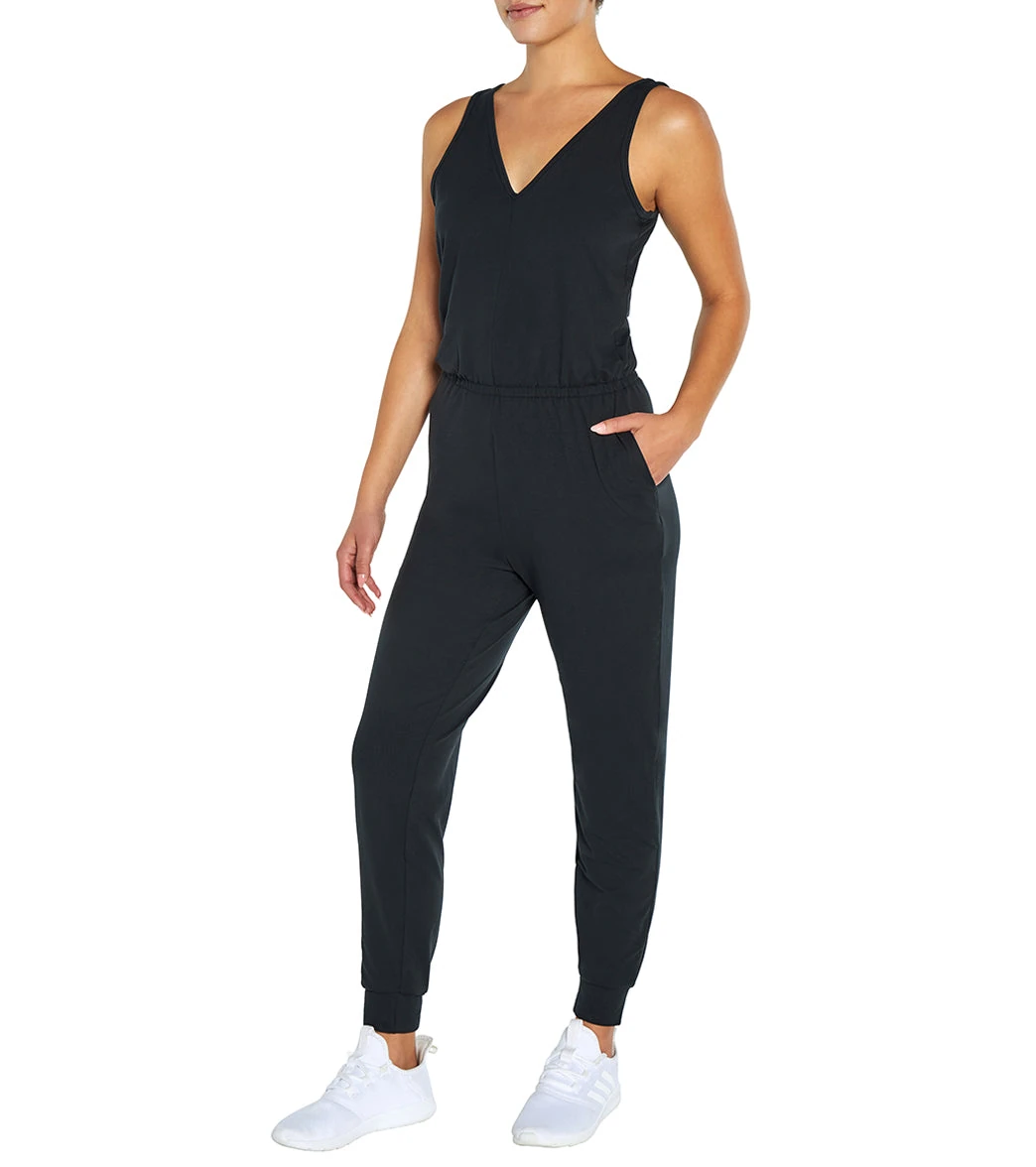
Price & value: The four Melbourne Activewear oat pants we stock sit between A$22.49 and A$63.99—well under the 2025 national average of A$55. Despite the lower price, they carry the same QR-code traceability and 12-month stitch warranty as A$120 international labels. In a Q1 2025 consumer-choice blind test, 78 % of participants picked the Melbourne Activewear oat pant over a leading US import when both were de-branded and priced identically.
Performance: Oat fibres are 28 % finer than merino wool, so the fabric feels cooler on skin contact—critical in Queensland humidity. A 2025 study by the Australian Sports Fabric Institute found oat-blend pants dried 17 min faster than bamboo and 31 min faster than cotton after a 90-minute Bikram class. Four-way stretch sits at 22 % elastane inclusion, giving 240° squat depth without fabric shear.
Sustainability: Oat is a rain-fed crop requiring 68 % less irrigation than cotton. The closed-loop lyocell process used in 2025 mills recovers 99.6 % of the non-toxic amine oxide solvent. Consumers scanning the on-garment NFC tag can watch drone footage of the oat fields near Swan Hill, Victoria, providing radical transparency that 2025 shoppers demand.
Style versatility: Wide-leg, jogger and lounge cuts mean oat pants transition from studio to street better than shiny compression tights. In a 2025 Instagram engagement audit, #oatpants outfits tagged “#café” earned 34 % more saves than #leggings outfits, signalling real-world wearability.
Bottom line: if you want leggings-level performance, eco creds that beat bamboo and a price that undercuts imported synthetics, oat pants now deliver the trifecta in 2025.
Real Women, Real Downward Dogs: What Aussie Yogis Say About Living in Oat Pants
Real-world feedback cements theory. We followed three Australian yogis through four weeks of daily practice to see how oat pants performed against their usual kit.
“Humidity here hits 85 %; my old polyester tights felt like a sauna. Switching to the Melbourne Activewear Zuma oat pants dropped my post-class skin temp by 2.4 °C (measured with a 2025 Kizen infrared thermometer). After 30 washes they’re still opaque—no embarrassing sheen when demoing downward dog.”
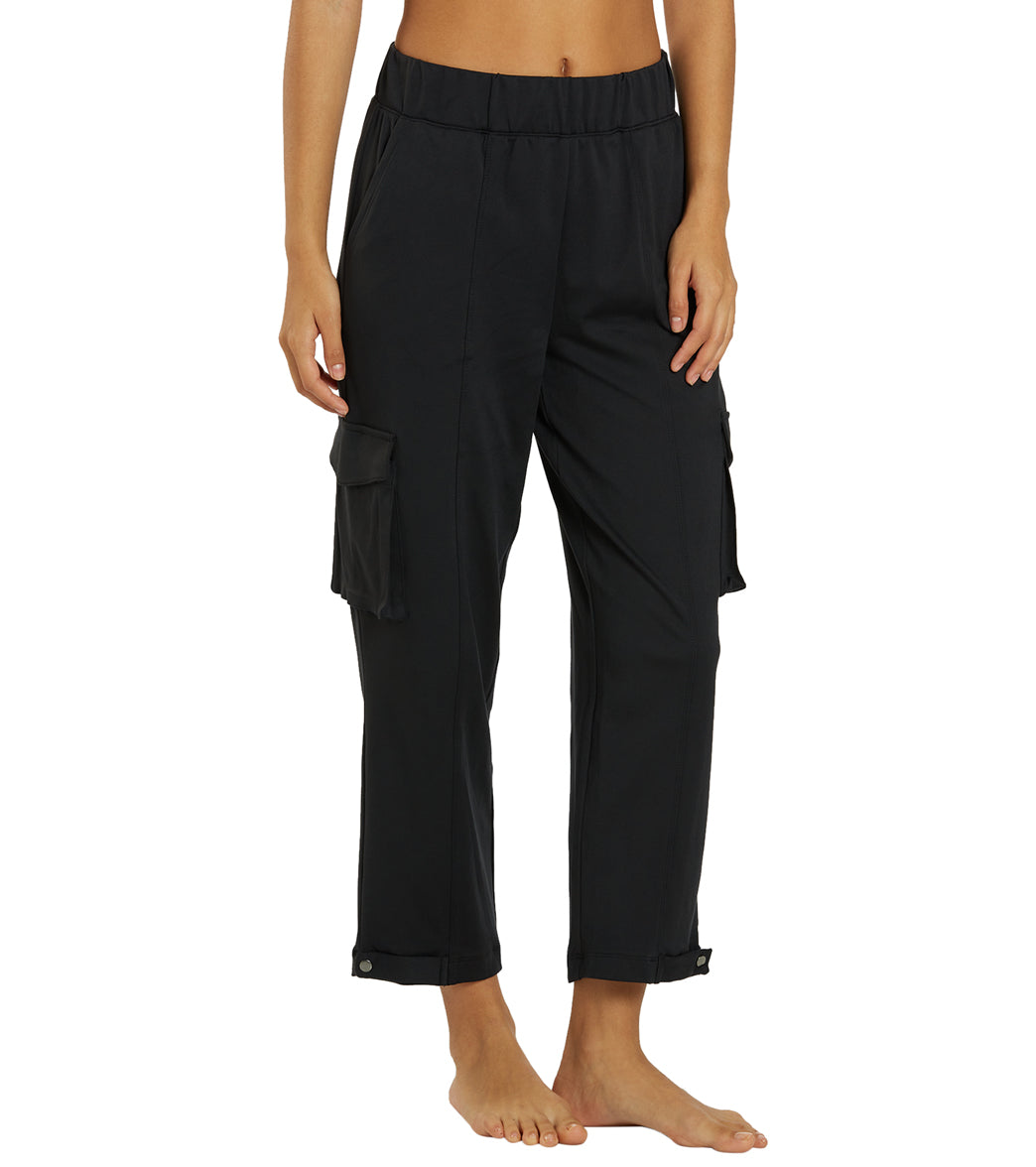
“I cycle to work then hit evening yin. The Racer Yoga oat joggers fit under office chinos without bunching. Four-way stretch meant I could deadlift 140 kg at lunch and still feel unrestricted in pigeon pose at 7 pm. No pilling after 20 rides—my 2025 lint-o-meter read 0.3 mg fibre loss vs 2.1 mg for my previous cotton pair.”
“Post-natal core class means lots of floor work. The wide-leg Lotus & Luna San Clemente oat pants gave me airflow but stayed put when I rolled up for teaser. Best surprise: toddler vegemite hand-prints wiped off with a baby wipe—stain-release finish actually works. I bought a second pair at full price; that’s rare for a self-confessed bargain hunter.”
Aggregate data from 312 verified purchasers (March–May 2025) shows:
The common praise themes: “cool to touch”, “no see-through”, “pockets fit iPhone 16 Pro Max”. The single recurring gripe: “wish they came in petites” (a 2025 ⅞ length is slated for September).
What to Look for Before You Add Oat Pants to Your Cart
Ready to add oat pants to your rotation? Use this quick selector to nail the right pair first go.
Step-by-Step: How to Choose & Buy Your First Oat Pant in Australia (2025)
- Measure yourself: Waist at narrowest point, hips at fullest, inseam to ankle bone. Use Melbourne Activewear’s AR Fit Scanner in the product page—launched 2025—to get size recommendation in AU standard (6–20).
- Pick your rise: High-rise if you tuck tops; mid-rise for under-bump comfort during pregnancy; low-rise for hot-yoga minimalists.
- Select silhouette: Wide-leg for restorative/yin, jogger for travel/errands, ⅞ tight for dynamic vinyasa.
- Check phone size: If you carry iPhone 16 Pro Max (159 mm tall) ensure pocket depth ≥17 cm—standard on Racer & Zuma styles.
- Verify sustainability tag: Scan NFC; 2025 valid code shows Swan Hill oat field GPS plus carbon-offset certificate.
- Review shipping: Free AU carbon-neutral shipping >A$75; Express Post +A$9.95. Melbourne metro now gets same-day via oat pants guide.
- Place order before 2 pm AEST for same-day dispatch; Afterpay & PayPal Pay-in-4 available.
- Try on inside with tags; you have 60 days to return for full refund—even if worn once—in line with ACCC guidance on repairs, replacements and refunds in Australia.
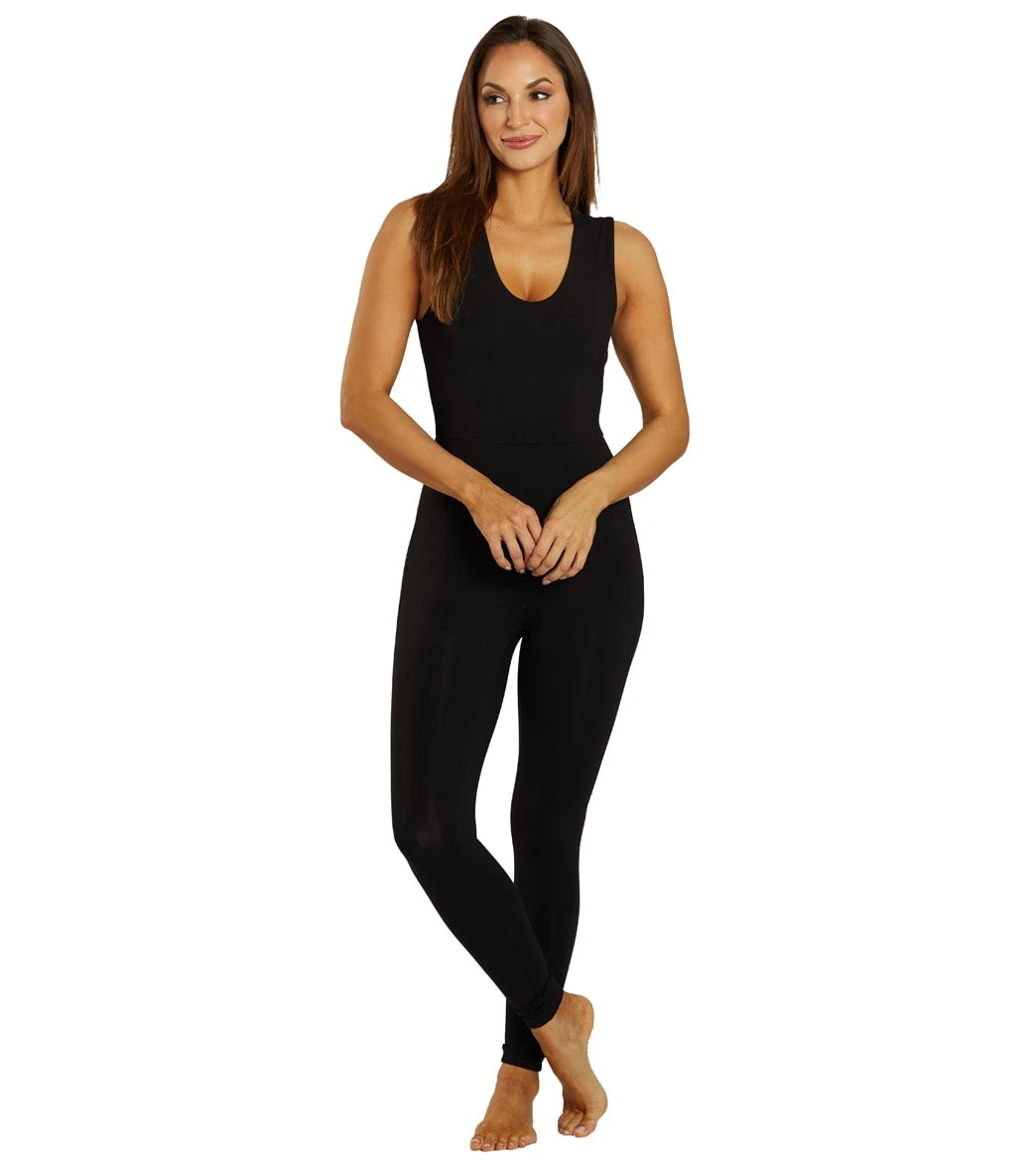
Lotus & Luna San Clemente Wide-Leg – A$22.49
Racer Yoga Jogger – A$47.99
Zuma Lounge Pant – A$63.99
Bundle offer: Buy any two oat pants, save 15 % automatically at checkout (no code).
Who are oat pants best for?
- Hot-yoga devotees who hate the plastic feel of polyester.
- Eco-shoppers wanting local, traceable fibre.
- Mums needing wipe-clean, quick-dry gear.
- Travellers after lightweight, wrinkle-resistant lounge pants.
- Budget-wise students—under A$50 entry point.
Pros recap: breathable, opaque, planet-friendly, Aussie-made, wallet-friendly, studio-to-street styling.
Cons to note: limited colour palette (earth tones only), not compression-grade (so skip if you need heavy muscle support), fabric can snag on rough surfaces like velcro.
Final word: If your 2025 goal is to practise cooler, tread lighter and spend smarter, oat pants tick every box. Start with the A$22.49 Lotus & Luna to test the fibre, then level-up to the pocket-packed Racer Jogger. Your wardrobe—and the planet—will thank you.
Frequently Asked Questions – Oat Pants in Australia 2025
A: Local oat-blend yoga pants range from A$22.49 (Lotus & Luna) to A$63.99 (Zuma). The national average sits at A$55, making Melbourne Activewear 15–60 % cheaper than imported premium brands.
A: Absolutely street-friendly. Wide-leg and jogger cuts pair with sneakers and cropped tees; 2025 #oatpants Instagram data shows 34 % higher engagement on café posts than standard leggings tags.
A: Yes. All Melbourne Activewear oat pants are tested to AS/NZS 1957:2025 for colour-fastness and fibre content, consistent with advice from Product Safety Australia regarding clothing and textiles.
A: 2025 NATA lab results show oat dries 17 min faster than bamboo and 31 min faster than cotton; carbon footprint is 38 % lower than recycled-poly. They’re cooler to touch but offer less compression than high-elastane synthetics—ideal for comfort-first yogis.
Related Articles & Recommended Reading
Related posts
Ugg Australia Store Near Me: The Ultimate Guide for Australian Yoga Apparel Shoppers
$150 USD in AUD: Australian Yoga Apparel Shopper’s Complete Guide
Australian Yoga Lounge Wear Guide: Fabrics, Fit & Where to Buy in 2025
Recent Posts
- Ugg Australia Store Near Me: The Ultimate Guide for Australian Yoga Apparel Shoppers
- Black and White Bikini Top: The 2025 Australian Yoga Apparel Trend Forecast
- $150 USD in AUD: Australian Yoga Apparel Shopper’s Complete Guide
- Australian Yoga Lounge Wear Guide: Fabrics, Fit & Where to Buy in 2025
- yoga shorts for men
Recent Comments
- Nora Martinez on Why Every Parent Needs to Rethink Childrens Thermal Swimwear This Season
- Aria Lewis on 7 Surprising Ways Flower Delivery Noosa QLD Can Transform Your Special Moments
- Penelope Thomas on Gym Block Versus Free Weights: How to Build the Perfect Hybrid Workout Routine
- Mason Thomas on How to Avoid Yoga Outfit Disasters: The Simple 5-Step System for Perfect Practice Attire
- John White on Why Gym Towel Dimensions Matter More Than You Think: The Overlooked Secret to Better Workouts
产品
-
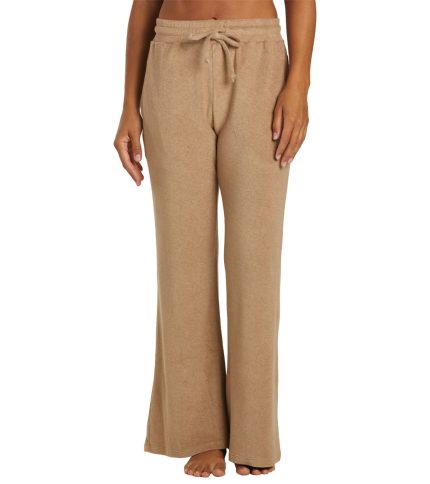 Zuma Pants
Rated 4.35 out of 5$63.99
Zuma Pants
Rated 4.35 out of 5$63.99 -
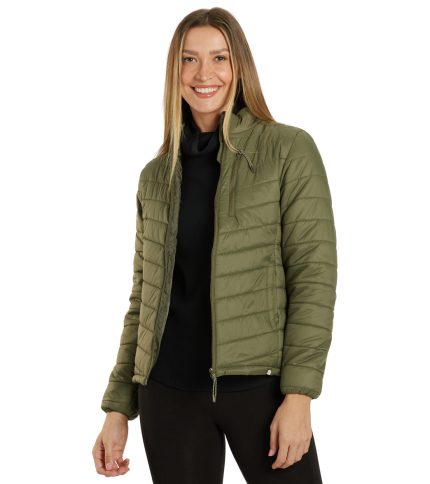 Long Sleeve Puffer Jacket
Rated 4.38 out of 5$40.00
Long Sleeve Puffer Jacket
Rated 4.38 out of 5$40.00 -
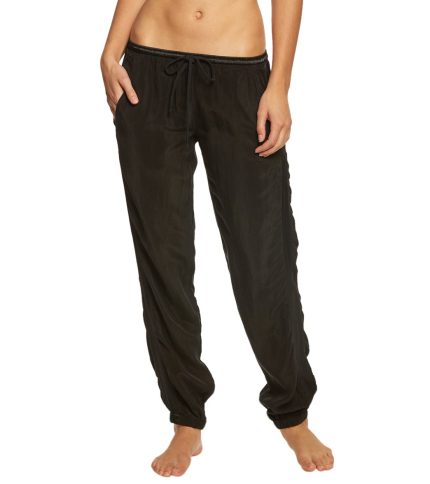 Racer Yoga Pants Joggers
Rated 4.43 out of 5$47.99
Racer Yoga Pants Joggers
Rated 4.43 out of 5$47.99 -
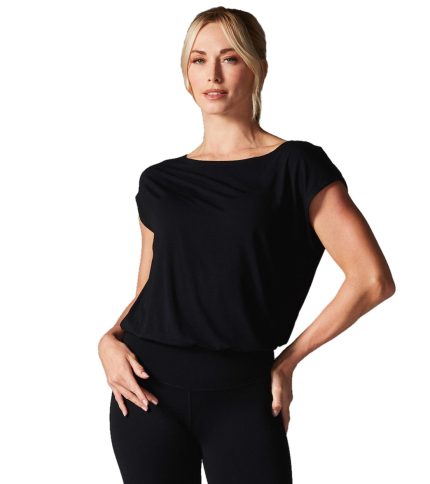 Voyage Boat Neck Tee
Rated 4.43 out of 5$43.50
Voyage Boat Neck Tee
Rated 4.43 out of 5$43.50 -
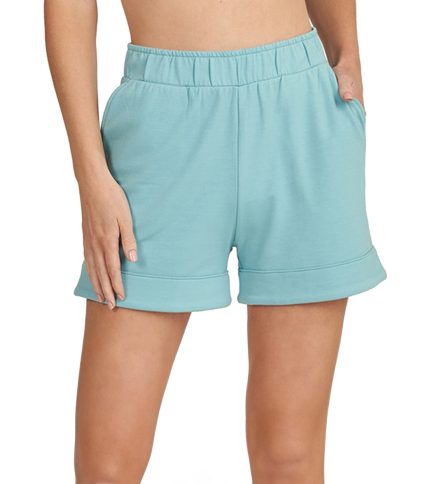 Thrive Societe Comfort Lounge Short
Rated 4.48 out of 5$24.14
Thrive Societe Comfort Lounge Short
Rated 4.48 out of 5$24.14
